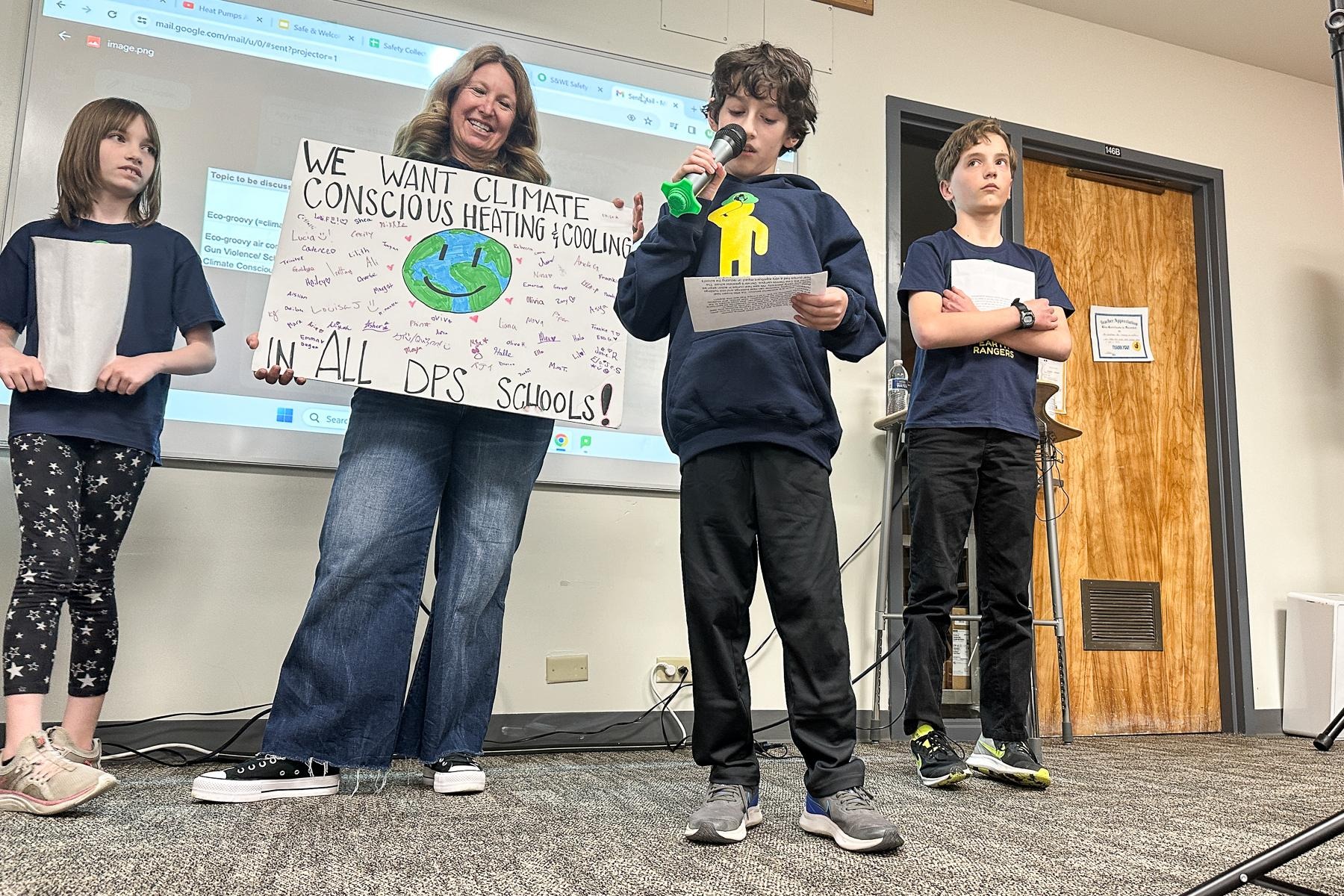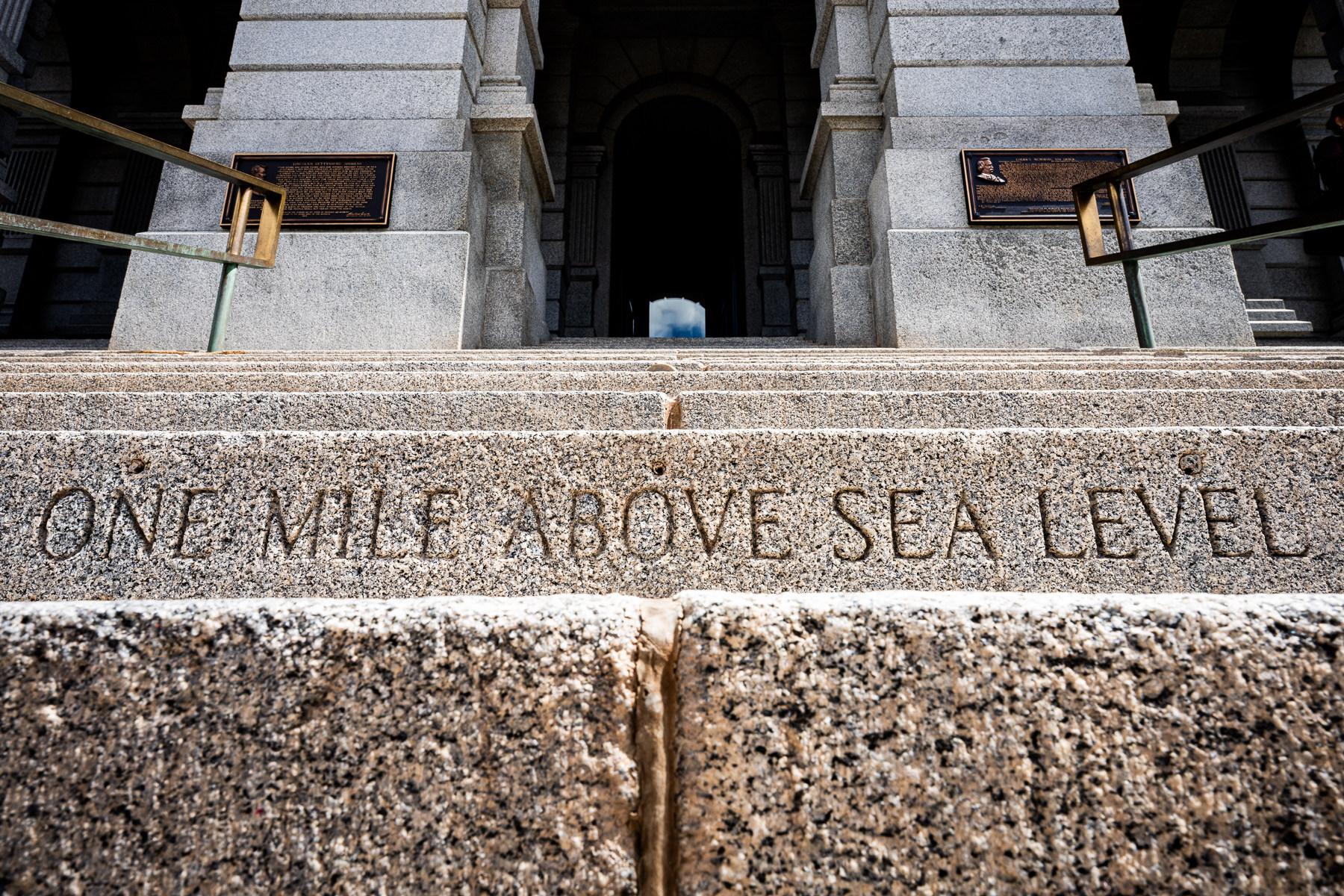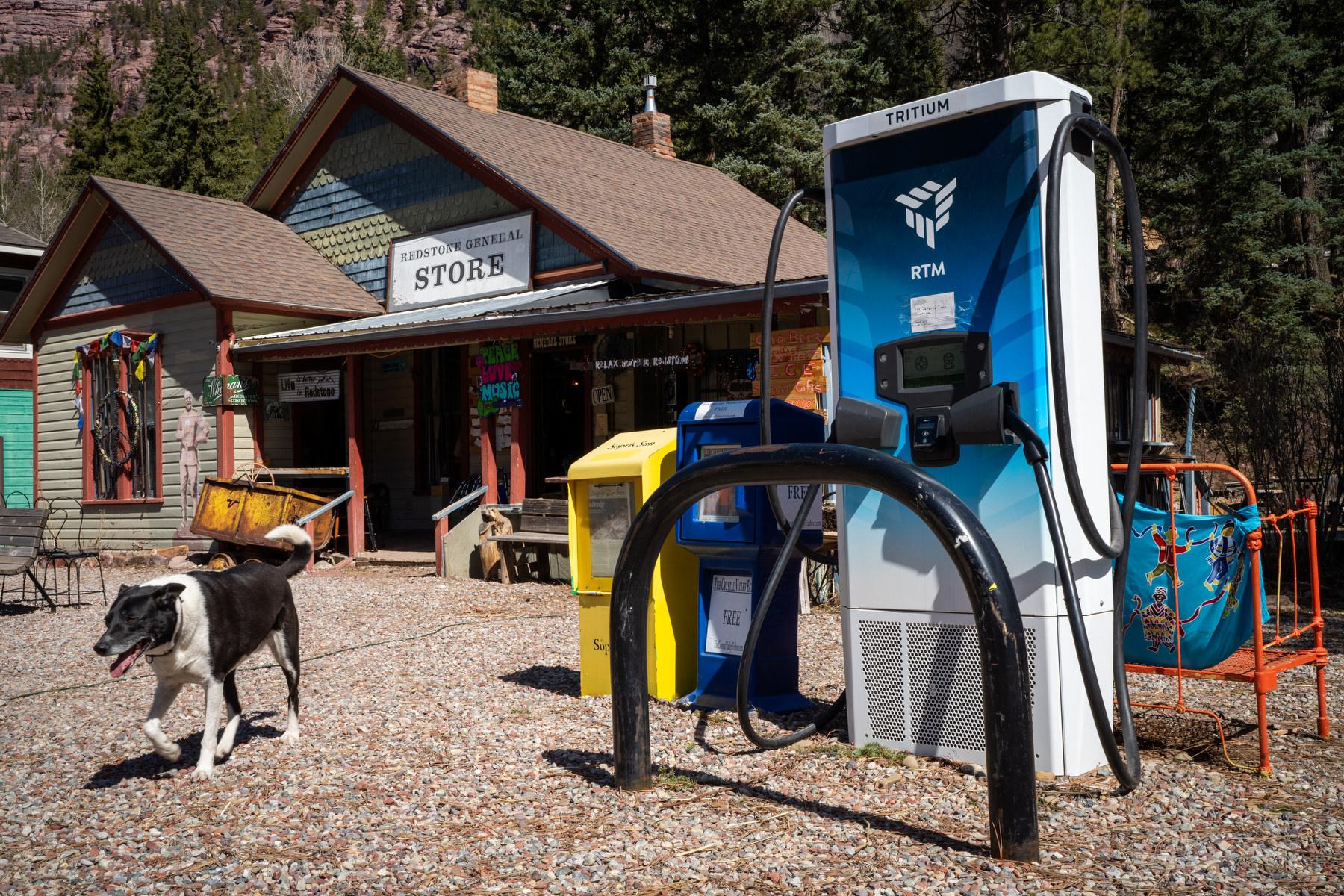
This is “Looking UP! in southern Colorado,” from the Colorado Springs Astronomical Society. I’m Hal Bidlack, and there are lots of reasons to look up!
Charles Messier was a French astronomer in the 1770s and 1780s who loved comets. Because he kept spotting objects that he thought might be comets that turned out to be something else, he made a catalog of all the things he saw in the sky that were not comets, so that no one would bother looking at them.
Today, nobody cares about his comets but his list of 102 other things is a valuable list of the most fascinating objects in the sky.
Messier objects 81 and 82 are two of the most famous. These two spiral galaxies lie about 12 million light years from earth, but they are very close to each other – with their cores are only about 150,000 light years apart, about the width of our Milky Way galaxy itself. And, just a few tens of millions of years ago, a blink of an eye in astronomy time, these two galaxies past very close to each other. As a result, Messier 82 has become distorted into a sort of ghost cheerio shape. In fact, until 2005 astronomers thought Messier 82 was what is known as an irregular galaxy, that is to say a galaxy with no particular shape, just a blob. But careful measurement showed that there were remnants of spiral arms, evidence of the more traditional spiral shape of Messier 82 before it was ripped apart by Messier 81.
In January 2014 one of the most violent events in the universe happened in the ghost cigar galaxy, Messier 82 – a supernova explosion. Supernovas explode when stars much larger than our sun collapse at the end of their lifetime. For a few days, that one exploding star outshines the hundreds of billions of stars in the rest of the galaxy combined. Many of us were able to see the supernova through our telescopes, and awe-inspiring view of total destruction. And yet it is through such supernova explosions that many of the elements we treasure on earth are formed. If you’d like to take a closer look at Messier 81 and 82 or any of the other wonderful and amazing things in the sky, please visit KRCC.org or CSASTRO.org for a link to information on our monthly meetings and our free public star parties!
This is Hal Bidlack for the Colorado Springs Astronomical Society, telling you to keep looking up, Southern Colorado!








